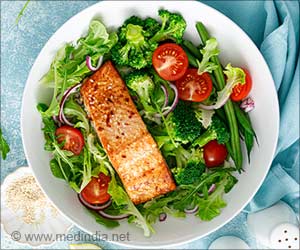The nutritional profile of American diet can be significantly improved by substituting small amounts of pulses for refined grains and common protein sources.
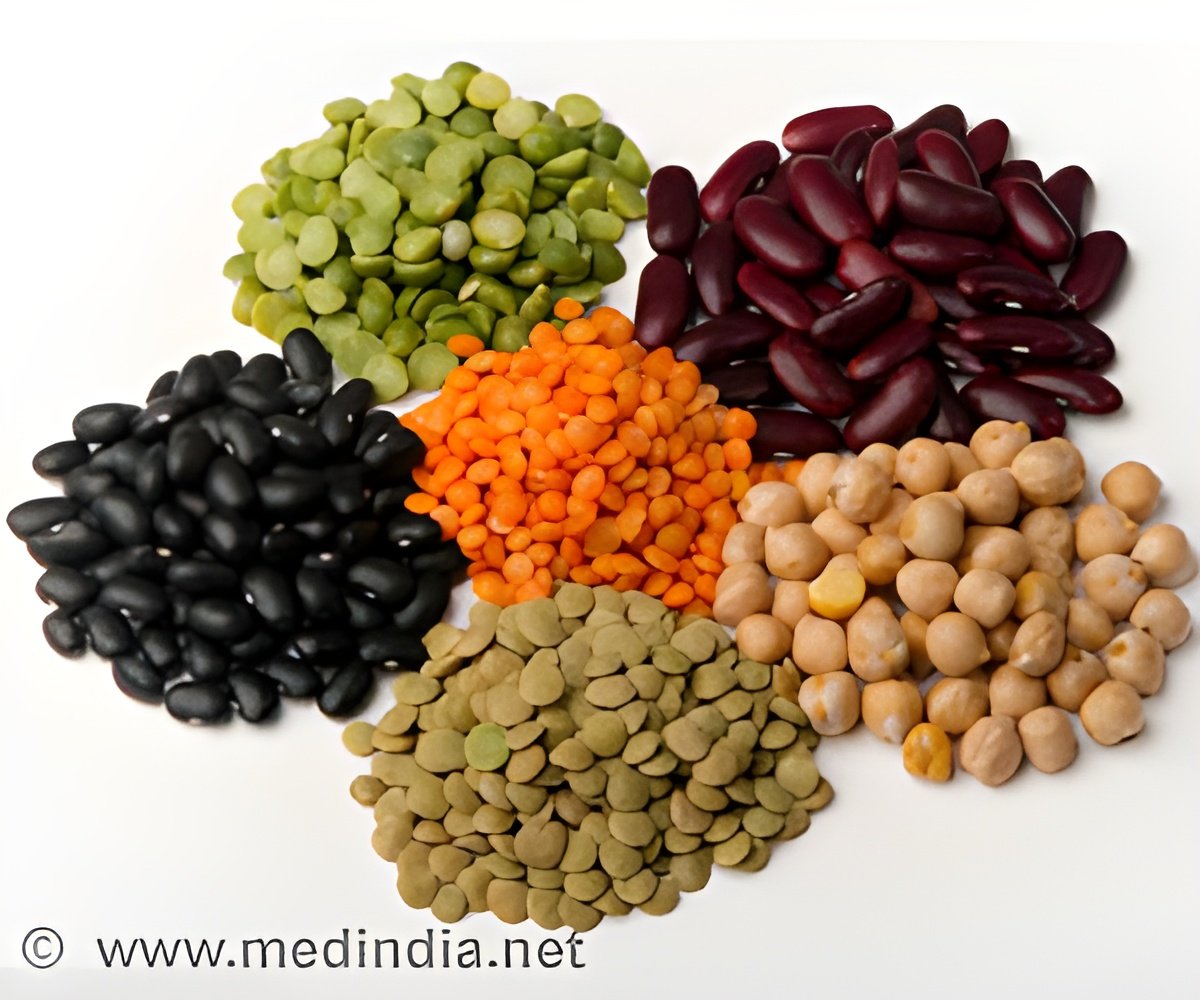
Effect of Adding Pulses to Replace Protein Foods and Refined Grains in Healthy Dietary Patterns
Go to source).
Dietary Pulses Replacing Grains & Proteins Improves Nutrition of American Diet
Researchers modeled the nutritional impact of substituting servings of protein foods and/or refined grains with servings of pulses (e.g., dry peas, lentils, chickpeas, dry beans) while keeping calories consistent in the Healthy U.S.-Style Dietary Pattern identified in the 2020-2025 Dietary Guidelines for Americans.TOP INSIGHT
Pulses such as dry peas, lentils, chickpeas, and beans are excellent sources of plant protein that can substitute grains and meat protein for a wholesome nutritious diet. #pulses #protein #wholegrain #balanceddiet
Additionally, they found that substituting ½ cup of pulses daily in place of one ounce of refined grains daily while keeping calories constant, increases fiber, magnesium, copper, and potassium, a nutrient of concern, by more than 10%.
“Our results suggest that encouraging increased pulse consumption may be an effective strategy for improving nutrient intake and achieving a healthier dietary pattern,” states author Victor Fulgoni III, PhD, of Nutrition Impact, LLC.
The findings are consistent with the body of existing peer-reviewed studies that show the inclusion of pulses as part of a plant-forward dietary strategy imparts cardiovascular, metabolic, and gut protective effects; improves weight outcomes, and low-grade inflammation, and may play a role in immune-related disease risk management.
The American Heart Association and other public health organizations recommend adding more plant-based proteins and less animal protein to reduce the risk of heart disease, high blood pressure, and high cholesterol.
Pulses are so nutritious that dietary guidelines globally include them in both the vegetable and/or protein food groups or as a separate food group altogether. The ‘Dietary Guidelines for Americans 2020 – 2025’ and the USDA’s ‘Choose My Plate’ indicate that beans, peas, and lentils can be considered as part of the vegetable or protein groups.
- Effect of Adding Pulses to Replace Protein Foods and Refined Grains in Healthy Dietary Patterns - (https://www.mdpi.com/2072-6643/15/20/4355)
Source-Eurekalert
 MEDINDIA
MEDINDIA

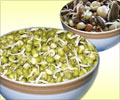
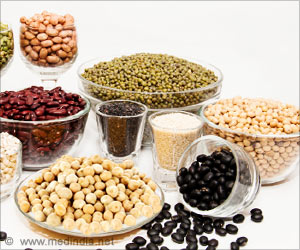
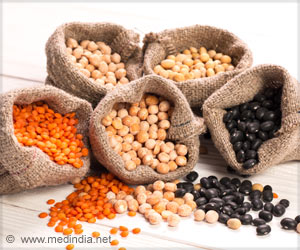
 Email
Email








